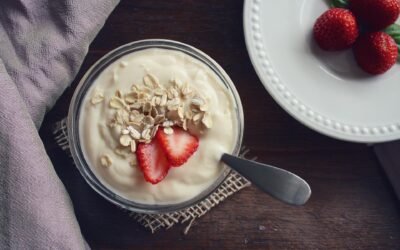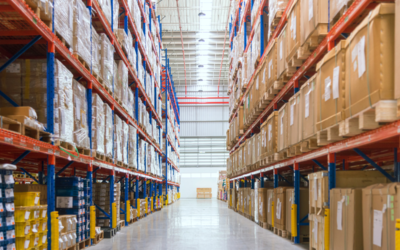Dairy Farming has been an essential element of domestic life for thousands of years, but few of us know how today’s milk cartons went from feral herds to milk cartons on grocery shelves. In fact, according to a survey from the Innovation Center for US Dairy, 7% of American adults think chocolate milk comes from brown cows. For context, that’s about 17.3 million people.
Just to make ourselves perfectly clear, brown cows do NOT produce chocolate milk.
So let’s dive into the history of milk.
Around 12,000 years ago, the agricultural revolution began, where nomadic tribes started settling into location dependent communities. At this time, people began to domesticate animals and use by-products like milk. This includes goats, sheep, and cows milk. For a long time, goat and sheep milk were the most commonly consumed because they required less sustenance and could adapt to harsher conditions.
By 500 CE, Nordic and Germanic settlements across Europe bred small dairy herds to support the needs of their villages. In Europe, around the fourteenth century, cows milk surpassed the popularity of goats and sheep based on the sweeter taste.
The first dairy cows were brought to North America in the early 1600s, as colonies popped up across eastern Canada and the United States.
In the late 1800s, Lois Pasteur invented the first pasteurization tests, which revolutionized the safety of milk. Pasteurization allows for storing and distribution of milk beyond the farm and into the commercial world. Paired with milk delivery services, individuals no longer needed a cow or two per family, instead, allowing milk production on a larger scale for the first time.
Dairy Farming rose across North America, as needs for protein and other nutrients in somewhat difficult environmental conditions were in high demand. With the invention of pasteurization machines at the turn of the 20th century, the dairy industry skyrocketed.
A lot of those dairy farms actually popped up in Quebec and Labrador, which today still accounts for 37% of milk production in Canada.
Today, cows milk is the most popular kind of milk around the world, especially in North America, Northern Europe, Asia, and Australia. Goats milk is more popular in South America, Southern Asia, and Africa.
Today, we consume approximately 223 billion litres of milk per year.
Sources:
https://www.healthyeating.org/Healthy-Eating/All-Star-Foods/Dairy
https://www.dairygoodness.ca/milk/the-history-of-milk
https://www.cbc.ca/news/canada/montreal/canada-dairy-vs-donald-trump-1.4704104










